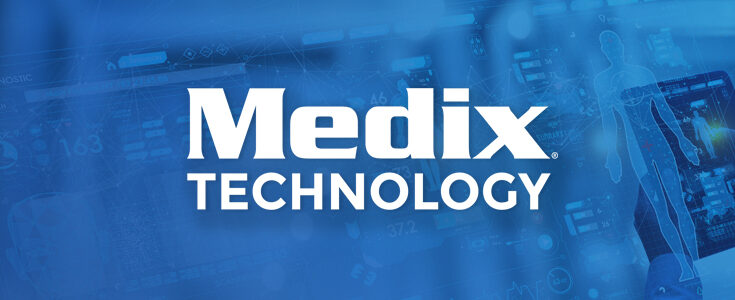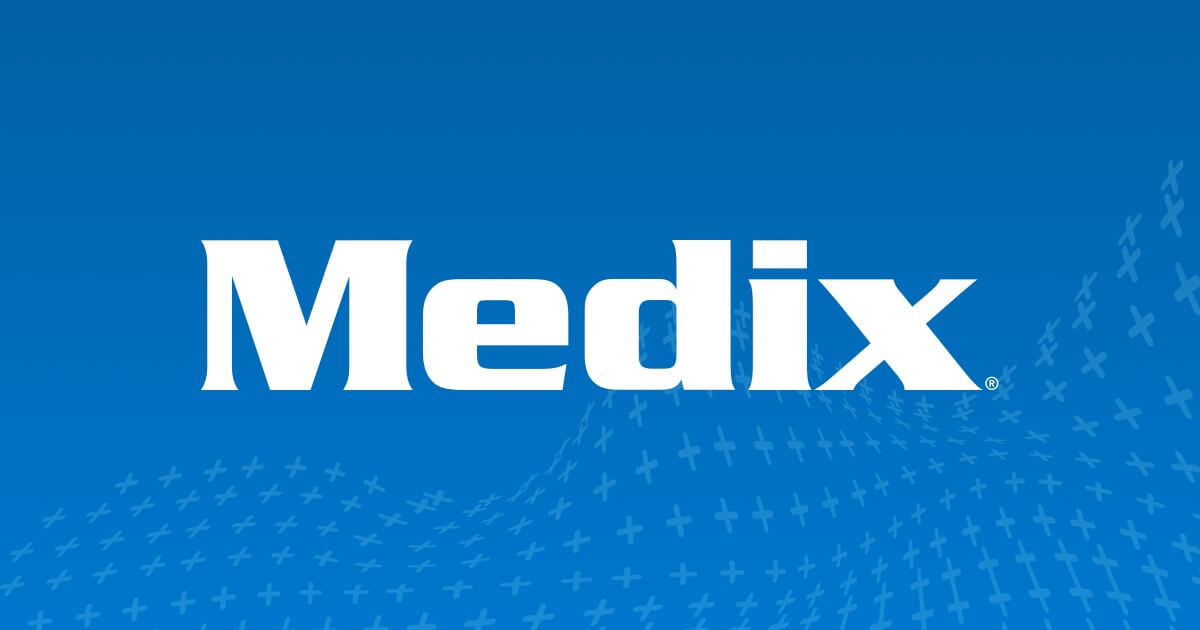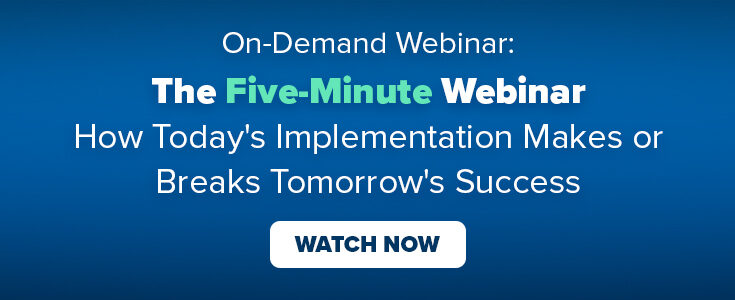5 Critical Components of a Successful Epic EHR Implementation Plan

Healthcare IT leaders know that an electronic health record (EHR) implementation project is a make-or-break endeavor. You have one shot to get it right. Any errors in execution can mean months of headaches for any number of teams and millions of dollars in added costs. In short, it pays to plan ahead.
If you are considering an EHR implementation project, odds are that the Epic EHR platform is high on your list. Epic is the market leader in both install base and number of patient records on an EHR platform and the highest rated EHR on the market as measured by KLAS and other independent research firms.
After years of experience in this space, our experts have identified five key components of a successful Epic EHR implementation plan to help you prepare for this strategic initiative.
Budget
First and foremost, it is important to focus on costs that fall outside of direct Epic costs. While Epic has a solid track record of presenting predictable costs and on-time budgeting, consider the other elements of the project plan. Build a peer group and leverage partners to help you identify these areas of note. Examples of common budgeting pitfalls include misunderstanding third party needs, hardware and device plans and the cost of working space needed for project teams.
Staffing
Healthcare organizations are surprised to learn that nearly 70 percent of their Epic implementation costs are tied to human capital needs. In fact, it’s not uncommon to see teams double or even triple in size during this time! Thankfully, there are some tried and true lessons from previous installs leaders can lean on as they create their project plans. Operations should lead install efforts, not IT. Instead of accepting volunteers for key jobs, rely on the Epic Sphinx Test as part of a comprehensive candidate evaluation package to find the right teammates for the needed roles. The goal throughout this process should be to prepare for turnover by focusing on retention. Remember, you will need to have at least 80 percent of your team staffed before you can sign up for training at Epic. With a partial team, you risk paying high staffing costs without producing work and inflating your TCO, leading to project delays.
Timeline
When committing to a timeline, be sure to leave room for any unanticipated events, outages, or peak volume periods for your health system. Try tapping into a peer group network of organizations that have recently implemented Epic; this can be helpful in identifying obstacles as well as tips and tricks along the way.
Equally as important to establishing the timeline is having a model in place to ensure critical milestones are hit. To get there, cultivate a culture of feedback that connects Epic, third party partners and members of your team. This allows for early identification of problems early in order to keep on track. It’s all about building a model for decision making that allows for the right levels of input while meeting the pace of the project.
Governance
A good governance structure does four things for the project and the organization. First, it creates transparency by opening the decision-making process to the organization. Next, it allows for consensus building and adoption by getting the employees who will be using Epic involved in the decision-making process. Then, prioritization is established by ensuring issues that impact end-users the most receive highest priority. By aligning IT strategy with the overall business strategy, teams can avoid “squeaky wheel” syndrome by addressing areas with the most potential for impact rather than catering to the loudest voices. Finally, and most importantly, good governance allows for accountability throughout the implementation process.
Go-Live Sequencing
When it comes to sequencing, there are two schools of thought. First, there’s the big bang method. This represents a large-scale go-live plan that spans across the entire site. Alternatively, teams can opt for a rollout or phased approach. This method includes multiple go-lives, typically separated by 3-6 months, grouped by functionality or regionality. Which route an organization chooses is defined by a variety of factors specific to their situation. For example, while the big bang approach represents the majority of Epic EHR installs today, it may not be feasible for larger health systems. On the other hand, while a phased approach can provide for increased stability throughout the implementation process, it can also mean a significant increase in cost and time.
Building a Successful Implementation Plan
There is no shortage of factors to consider when planning to implement Epic EHR at your organization. If you’re interested in learning more about the five most critical components of a successful Epic EHR implementation plan, watch our on-demand panel discussion featuring insights from Medix Epic EHR experts Dr. Brian Patty, Jason Kulaga and David Fraser. Our panelists bring decades of EHR expertise to this in-depth conversation on the best practices for moving forward with budgeting, staffing, timelines, governance and sequencing top of mind.
Thinking about switching to Epic EHR? Talk to our Medix Epic Experts and get customized advice to help ensure your implementation success.

Work with a Trusted Healthcare & Life Sciences Staffing Partner
Connect with Medix to get the expertise and resources you need to succeed.



